#review 2020
Explore tagged Tumblr posts
Text
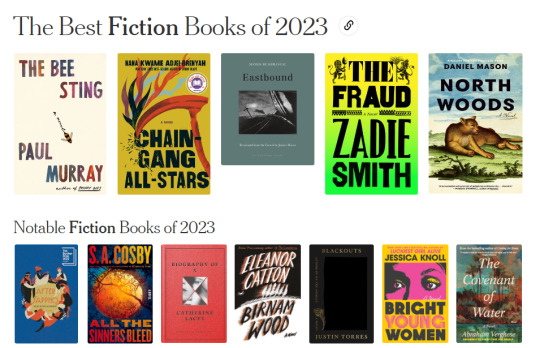
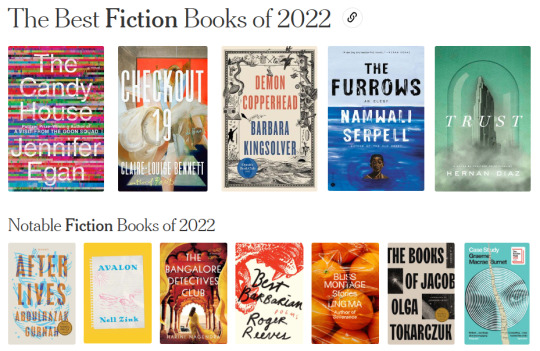
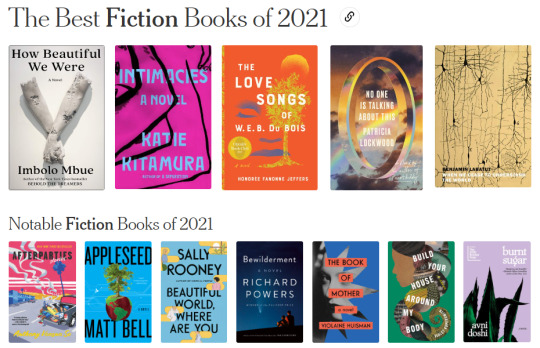
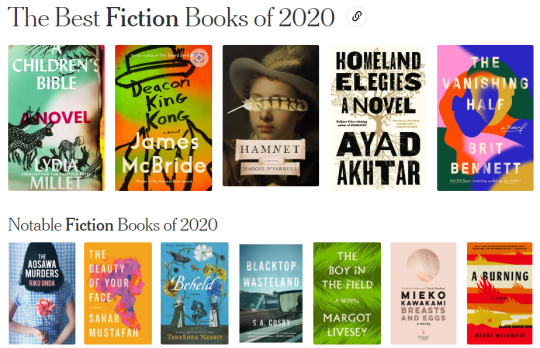
According to the New York Times, these are the best fiction books of the 2020s. Do you agree? What's missing?
546 notes
·
View notes
Text

incredibly off year. struggled with art block, losing interest, demotivated, feeling aimless; my lowest output in a decade, and sad I'm starting off the new year in such a bad place. But the important thing is I didn't quit, I guess
#art summary#year in review#still think my best work was in 2020 and 2022#ill get back to that level of quality... someday#time for a break tho
104 notes
·
View notes
Text
"Tess was a performance artist and part-time jewelry maker who now worked as a set designer. [...] The first night we spent together, I taught her to knit — my classic seduction technique (High Femme Camp Antics, or HFCA) — and about frisson, that carbonated feeling that accompanies a crush. We stared at each other for a long time, unblinking. Because I knew that this otherwise might take forever (lesbians!), I finally asked Tess point-blank if she felt a frisson for me (HFCA). In response, Tess kissed me hard, with teeth. I knew she wanted to fuck, but I pushed her hands away dramatically when they crept under my skirt (HFCA). I told her that I didn’t typically sleep with people so soon (HFCA), which was true not for any real reason but because I was privately humiliated by my body (HFCA). Instead of letting her fuck me, I scratched Tess’s entire torso with my long, pink fingernails (HFCA). “Her fingernails drifted down my neck, across my shoulders,” Jess Goldberg, the butch narrator of Stone Butch Blues, says of a high femme whose camp antics thrill her. “I’d forgotten the sheer pleasure of a high femme tease.” “Your fingernails are full of frisson,” Tess said as morning light began to stream in through the window above her bed. “I know,” I said. I recently read a collection of funny stories by Lesléa Newman, high-femme chronicler of dyke life in the 1990s (the materialistic, shopping-addicted Golden Age of HFCA). In one story, a butch named Flash arrives to pick Lesléa up and take her out to dinner. Flash politely tells Lesléa that she looks nice. “The average femme would have taken that to be a compliment,” Lesléa dishes. “But this high-maintenance femme hadn’t spent the last two weeks shopping for the perfect outfit and the last seven hours bathing, shaving, bleaching, filing, polishing, combing, brushing, drying, moussing, spritzing, spraying, and applying five pounds of makeup to have all her efforts summed up in one little four-letter word.” Flash’s flimsy compliment doesn’t satisfy Lesléa’s desires to be seen, appreciated, and worshiped, and so Lesléa starts from the bottom and works her way up, prompting Flash to compliment her shoes, her miniskirt, and finally her hair in a grand, shimmering pyramid of HFCA. But even as she performs satiation, Lesléa is insatiable. Her antics fail at getting her precisely what she wants from Flash, because there’s always something unsatisfying about getting what you want by asking for it. Lesléa’s desire glows from within the frame of her HFCA, distilled and exposed and unmet. Can I Come Inside, my high-femme sex game, deals primarily with unmet, outsourced, and circumnavigated desire. In Females (2019), trans lesbian critic Andrea Long Chu argues that femaleness is a universal, existential condition rather than a gender or a sex — a condition of being and of consciousness that involves letting others do our desiring for us. At stake in Can I Come Inside, as well as in HFCA at large, is a femaleness that both craves and rebels against its tendency to outsource desire. In playing Can I Come Inside, I, like Lesléa, ask Tess to do my desiring for me, and Tess in turn defers her desire to me: the game is strictly my desire, one that she insists she does not share. Even though it mandates a performance of aggressive desire from Tess, there’s no doubt that Can I Come Inside is about my desire; it’s my game; I make the rules."
-- An excerpt from "High Femme Camp Antics," an essay written by Jenny Fran Davis. (Emphasis in bold my own.)
#i apologize for length but also i really love this article#and i was struggling to figure out how to excerpt it for a while before concluding that this simply would HAVE to be long#i might put out a new post shortly with a shorter version#something much more succinct#femme#femme lesbian#high femme#thatbutcharchivist#archived#lesbian#dyke#lesbian literature#butch#high femme lesbian#butchfemme#femme4butch#butch4femme#high femme camp antics#author: jenny fran davis#year: 2020#publisher: los angeles review of books#queer femme
162 notes
·
View notes
Text




2024 year in review/art summary. i realized i never made these for 2021-23 either so here's all of them. i think i haven't been drawing as much these past few years, oh well support me on: patreon | kofi | redbubble
#year in review#art summary#i think in 2020 i got stuck on the decade review which i never finished and then didn't make these after#don't ask me why the formatting's so different#some of this art i haven't posted yet oh well.... some of it's in my queue.... i'll upload the rest later#2021#2022#2023#2024#for drawing less it's kinda because of having an irl job#less time and also kinda giving up on doing art for money#since now i can get money from job. and i wasn't very good at getting money from art anyway. also doing it for money made drawing less-#-enjoyable; this just didn't matter to me much tho. if it worked out i would've taken it as less enjoyable work rather than for fun#though in theory i would now be drawing stuff i actually wanted to draw then#but that takes more effort and i'm usually too tired#idk we'll see if this year's better since i'm working fewer days now#i was going to write this out too at some point but was tired of the performative aspect of social media so here's some info in random tags
32 notes
·
View notes
Text
2020 a year in review was a good episode idc what anyone says
#toxic yaoi this toxic yaoi that my favourite part of the macdennis dynamic is when they stonewall a third person together#bc they're excited about their own ridiculous idea#i should make a compilation of it#it's always sunny in philadelphia#no. Yes. no. Yes#clipz#codependent losers#2020: a year in review#dynamic duo baby!!
67 notes
·
View notes
Text








Lando Review 5/? • April 2021 • Imola GP
#2nd f1 podium!!!#his first real podium celebration 🥹#austria 2020 didn't get that#lando norris#lando review#mclaren unboxed#imola gp 2021
28 notes
·
View notes
Text
Melodicka Bros is a YouTube cover duo from Italy that makes purposely weird covers - playing with genre, mood, and expectations - and has developed a broad repetroire over the years.
Contestant videos under the cut:
youtube
youtube
youtube
youtube
youtube
youtube
#poll#polls#tumblr poll#tumblr polls#music poll#music polls#music#video#music review poll#cover#covers#melodicka bros#Youtube#2010s#2020s
37 notes
·
View notes
Text
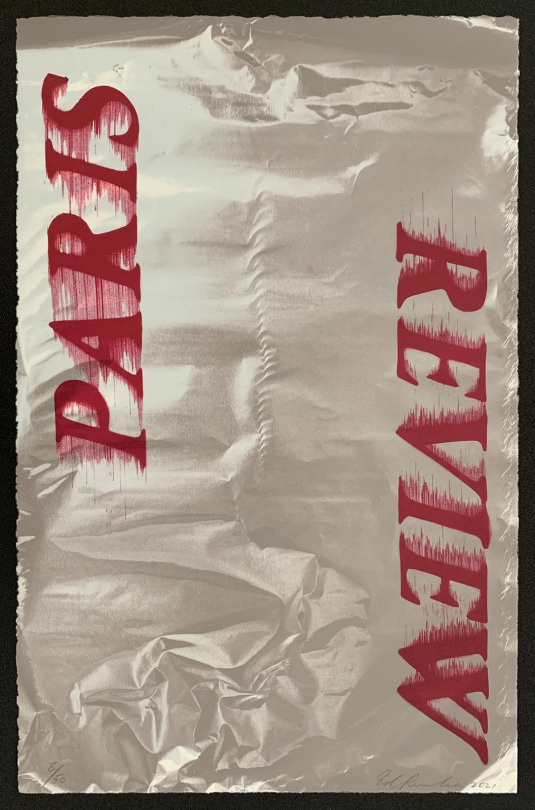
paris review by ed ruscha, 2021, hand-printed lithograph, 18 × 11.5 inches
63 notes
·
View notes
Text
Kristen Stewart in that hot sports bra meeting leviathan horrors unknown in the great deep is such a perfect premise for a film, I hate you tj Miller, why are you here tj miller, I feel like my friend Kristen threw me a wonderful party with interesting suspense tropes and CREATURES and then only tj miller talks to me at the party👎
#underwater 2020#is this mean#yes#will he see it#no TJ Miller won't see this mean review of underwater 2020#movies#horror#cthulu#Kristen Stewart
55 notes
·
View notes
Text
"Is this the way to Budapest?" 😂
Was gathering content for them Bono and James ASMR anons and stumbled upon this gem
#this has to be one of my favourite race debriefs. the old debriefs used to be so detailed & so nice. esp the race reviews that Petronas did#peter bonnington#andrew shovlin#james vowles#aeiou#sorry not sorry#bono#f1#formula 1#styrian gp 2020#styrian gp#styria 2020#f1 2020#2023#formula one#mercedes f1#mercedes amg f1#f1blr#mercedes amg petronas#mercedes
202 notes
·
View notes
Text
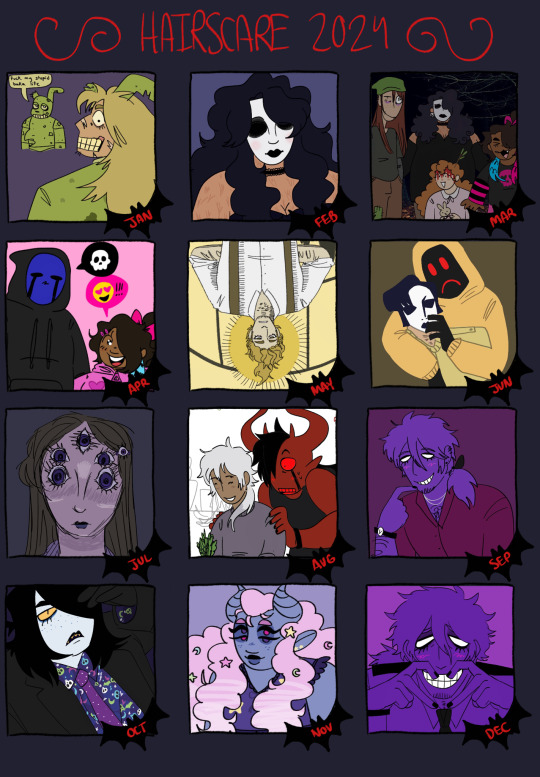
art year in review 2024 is here! cant believe ive been putting this together for a year already. i used a lot of purples
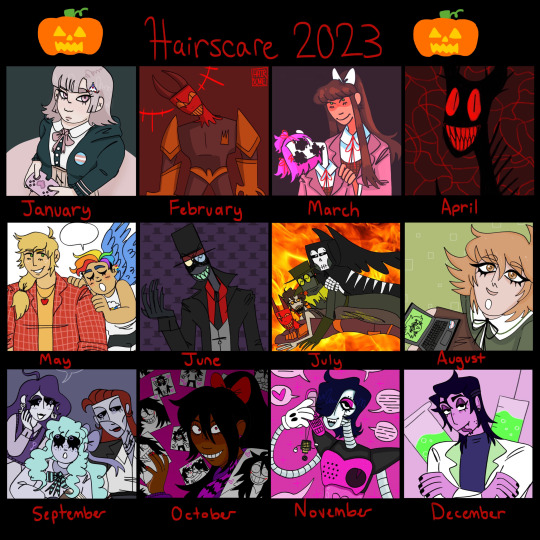
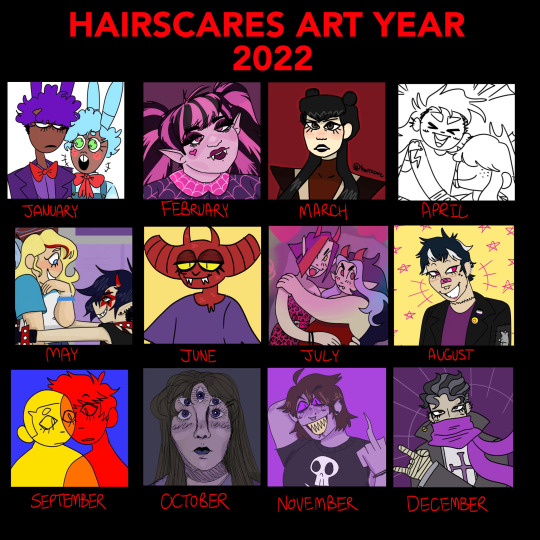
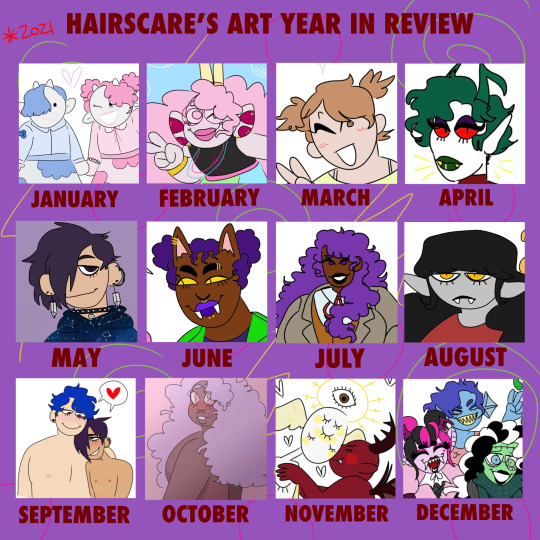
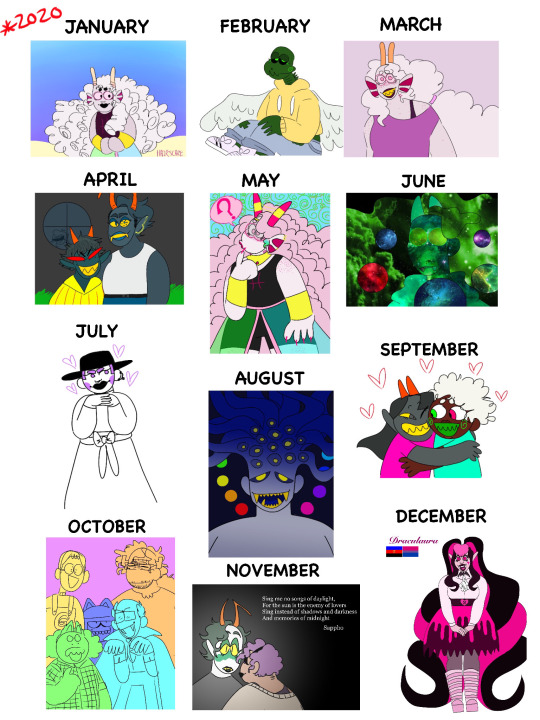
#in 2025 im gonna draw more full finished pieces so i have more options for my year in review lol#i lowkey still really like a lot of my 2023 art i should revisit some of it...#the 2020 one... were not gonna talk about. i was 15/16 leave me aloooone#my art#art year in review
15 notes
·
View notes
Text
A newly hatched allosaurus based on the recent peer reviews that dropped:

#allosaurus#the “fuck it we ball” theropod#lmao#dinosaurs#dinosaur#i always knew they were vicious#but damn that paper that came out really amped them to another level#edit: for clarification this peer reviewed piece was published in 2020 i read it just now within the last few days#so while its not fresh off the press new its pretty recent
113 notes
·
View notes
Text
In a Violent Nature
And the Deep Breaths Between Horrors.
(This article can also be found on my Substack).
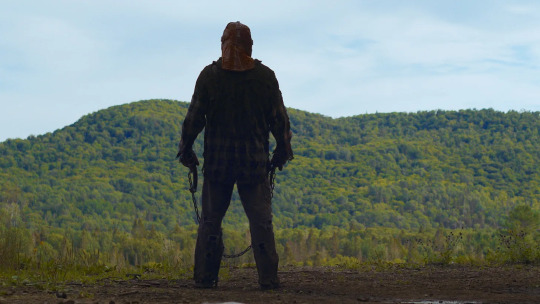
It happens a number of times within the film. Facing a choice or a disappointment, Johnny’s shoulders rise and fall in the act of taking a single deep, distinct breath. Then he’ll move, towards the next goal or the sound of muffled voices off in the woods, with a slow gait and little sense of urgency. It’s as if he knows it’s a long walk, but that he’ll get there eventually. Watching the film, you take that walk with him. If there was ever a horror movie to give you time to breathe, In a Violent Nature is it. Set in a remote, woody area of northern Ontario, it’s the story of a group of teens who remove a locket from a rotting fire tower and re-awake the violent entity that it was keeping dormant. And this time, the camera is solely focused on the undead monster that claws itself out of the earth to track them down and slaughter them.
There’s a certain kind of bravery in making a slasher film that takes its time to move from one stunt to the next, as the classic slasher fan may find themselves bored by the long periods of time spent engrossed in the simple wild. And it’s brave to make a contemplative, slow-burn horror film into a slasher, as the arthouse fan might find the premise too simple. A fan of both, or someone who walks into the theater simply knowing what to expect, will find something clever, thoughtful, and eerie. One standout element of the film is found in its sense of choreography; despite a lack of musical score, there is a rhythm to the entire film. Johnny’s heavy, lumbering steps. The repeated swing of an ax, the perfect way in which the characters move around each other in order to catch or miss a glimpse of one another. Some of its best moments are when you realize that you- and Johnny- can see the next victim up ahead, but they remain oblivious.
In many ways, this film is a spectacle. Shot with a 3:4 aspect ratio and making full use of the Canon EOS C70’s Super 35mm Sensor, In A Violent Nature couldn't be more gorgeous. For a horror film, there is no shying away from daylight or color. Every detail of the landscape found in northern Ontario is laid out for the viewer to take in, from the distant, rolling mountains to the bright greens and yellows of the forest itself. Night time scenes are shot with minimal lighting gear, as the crew attempted to minimize what they would need to move through the location, which creates perfectly stark contrasts between bonfires, porch lights, and the inky darkness of the woods beyond. You are always immersed in this place. Of the look of the film, director Chris Nash says they wanted to create an environment “where you almost feel the threat of being alone in the woods by itself, without a big, old monster man with an axe hunting you down.”
This effect is honed in on in the lack of a musical score. The only thing you hear in the film is what Johnny hears. The crunch and brush of leaves, the flow of water, the whistle of birds. The revving of a truck, the distant argument between the cast of survivors, and muffled music coming from the radio inside their cabin. Or, of course, the crunch of bone.
Word-of-mouth says that in the screenings of this film, audience members vomited from the gore. It’s an age-old rumor that accompanies any film with a body count, but it might be understandable, if true. With a director like Nash- who has a slightly longer history in special effects than he does directing- the film could only turn out adequately gory. The kills are brutal, disgusting, sometimes absurd, and a fantastic time all the way through. Anyone with an appreciation for the practical side of gory special effects will get a kick out of the moments that Johnny settles on a weapon and gets to work.

The other joy of In a Violent Nature is in its performances. Caught only through brief glimpses of stories around the campfire or conversations out on a dock, the core cast of survivors (played by Andrea Pavlovic, Cameron Love, Liam Leone, Lea Rose Sebastianis, Alexander Oliver, Charlotte Creaghan, and Sam Roulston) share an incredible chemistry that instantly gives a sense of their relationships and their corresponding parts to play in the slasher narrative. The roles filled by Timothy Paul McCarthy, Lauren-Marie Taylor, and Reese Presley are no less fantastic when they step onto the scene, conveniently looking elsewhere until it’s their time to face down Johnny.

And speaking of Johnny, Ry Barrett never says a word in the role, but never does the character fall flat. There are sparks of personality hidden underneath his mannerisms, from the things that catch his curiosity to the casual way he slings an ax. The way he carries himself is both imposing and perfectly natural-- for him, if not for anyone else. Barrett was recast in the role after the previous star had to step back, and a large chunk of the film had to be reshot. Nash states in an interview for Points of Reviews that there was an initial belief that, because the character is in costume and rarely viewed from an onwards angle, that some of these shots could be worked together, but that wasn’t wholly the case. He says, “There are so many things with the performance that are important, in just how they carry themselves, the gait of their walk, just the weight of their footfalls.” That importance shows through in the final cut of the film, which is a phenomenal piece of performance on the part of Barrett.
In a Violent Nature is, in many ways, exactly what it calls itself. The concept of a slasher film from the slasher’s point of view might be a simple one, but in its execution, it becomes a standout piece of filmmaking. The care put into every second of its runtime shows through in a viewing experience that will leave you looking a little closer at the woods you drive through on your way home from the theater; partly because they’re beautiful, and partly because you never know what they could hide.
-
Some articles referenced in this review (that I recommend reading!):
In a Violent Nature Film Review (with Director Chris Nash)
Sundance: DP Pierce Derks on In a Violent Nature
Sundance Slasher In a Violent Nature puts Northern Ontario Front and Center
45 notes
·
View notes
Text
Aromantic*
(Alternate Title: Shrödinger’s Romantic)
I keep wondering if “aromantic” is really a good word to describe my romantic orientation. I have plenty of reasons for why it is, but also plenty of reasons for why it might not be. Shrödinger’s romantic.
In order to know whether you experience romantic attraction or not, you first have to have a solid definition of what romantic attraction is. A definition which is clear, and also distinct from other forms of emotional attraction. I don’t think such a definition exists, or at least, it’s not commonplace.
“Romantic attraction: attraction that makes people desire romantic contact or interaction with another person or persons.” - UNC Chapel Hill LGBT Center
But what is romantic contact or interaction? Is it contact which is culturally considered romantic? In that case, the ways in which romantic attraction is defined would vary by culture, and even by gender. Or is it contact which one intends to be romantic? That would make sense, but is incredibly subjective. How do you know where to draw the line? What if you haven’t drawn one?
“[Romantic attraction] involves a combination of physical, sexual, and emotional feelings toward someone.” - WebMD
This definition is ridiculously vague, especially for a page which defines multiple other types of attraction in relation to romance. What physical feelings? What sexual feelings? What emotional feelings? What about alloromantic asexual people, or other varioriented people, who don’t necessarily experience sexual feelings as part of their romantic feelings?
But the article also defines aromanticism as “when you don’t have any desire for a romantic relationship,” so I can’t count on it for accuracy regardless.
“Romantic attraction is the internal pull that you experience when you are with someone with whom you internally feel connected, comfortable and interested in spending more of your life with.” - Choosing Therapy
Do people not feel connected to their friends? Do people not feel comfortable with their friends? Are people not interested in spending more of their life with their friends? Why else would people find time to connect with their friends, to confide in them, to engage with them? What about these feelings is distinctly romantic?
The article goes on to say this:
“Romantic relationships are relationships intentionally initiated and maintained for experiencing sexual and romantic feelings together, whereas platonic relationships are usually centered on another purpose like hobbies, friendship, support, work, etc. Romantic relationships can also include these purposes as well, but the platonic relationship excludes the romance and sexual feelings.” - Choosing Therapy
I ask again, what about alloaces and other varioriented people? What about people who have sex with their friends? Even when it’s taboo, it’s not unheard of. The distinction can’t be sex, so it has to be romance. So, what is romance?
Later in the article, it defines romance once again:
“Romantic attraction: The internal pull that draws your attention to the other person’s positive qualities, and your internal reaction to connect, love, share and spend time with them to have more romance.” - Choosing Therapy
I feel like I’m running in circles here. People draw their attention to the positive qualities of not just romantic interests, but to friends, family, and other people with whom they’d have no romantic interest. Connection, love, and spent time are not exclusive to romance either. If the goal is to have more romance… What is that?
Every answer I find fails to say what romance is on its own. The definitions always rely on presence or absence of sex, or other things which can just as easily be present in platonic or otherwise non-romantic contexts. Romantic attraction is consistently defined by things which are not distinctly romantic.
Is it even a real thing? I mean, I feel like it’s clearly not, but it’s also clearly very real to most people. Most people don’t think about it this hard. It’s like they were given a manual that I can never possess. It comes naturally to them. They feel romantic attraction, and they know, intuitively, that that’s what it is.
Is my lack of intuition evidence that I don’t experience romantic attraction, or am I just autistic? Maybe it’s both. When I described to my aunts my emotional attraction, they described my way of experiencing and perceiving attraction as very “intellectual,” which I initially rejected. But I think they were right. I lack the intuition to understand my feelings in any way that doesn’t involve a literal or metaphorical chart. It’s something I can’t just feel and then know like other people do.
Is romantic attraction always a “you’ll know it when you feel it” sort of thing? It seems like it. Even when I search “romantic attraction” on Google, many results either come from queer Fandom Wiki pages, discussions amongst a-spec people, Reddit, or Quora. Some results aren’t even relevant to the question, including multiple results which just describe what “aromantic” means. The opposite of what I intended to search for.
The thing is, I do have feelings which would likely be perceived as romantic to most people. I have a deep desire for commitment and companionship. To touch and be touched. To love and be loved. To be emotionally and physically intimate with other people. To feel the warmth of other people as we lay in bed together. To live out our mundane lives together. Things that most people would find incredibly romantic.
But are these things romantic if I don’t explicitly intend for them to be? Is it romantic for me to be open to it being romantic, without actively wanting that?
When I’ve described my feelings online, I’ve gotten mixed responses from other people, but I’ve generally been given similar advice from different strangers, and similar labels thrown at me, even when I hadn’t asked for advice or labels.
“I think you’d enjoy a queerplatonic relationship.”
“You might be cupioromantic.”
“You might be bellusromantic.”
And I can understand where they’re coming from. I don’t think they’re entirely wrong, either. I would enjoy a queerplatonic relationship… But not for any reason that wouldn’t apply to other committed relationship types. Queerplatonic relationships, platonic relationships, romantic relationships, and whatever else there is are the same to me in all but label.
Cupioromanticism is something I have considered. I made the flag for it when I was 15 years old as well (yes, the peach one with five stripes; I always asked to be credited anonymously), so I’m biased towards liking the flag. But the definition is “being aromantic, and also wanting a romantic relationship.”
I don’t specifically want a romantic relationship, but I do want committed relationships in general, and romantic relationships are included in that. So, maybe?
Bellusromantic is something I have also considered, and it also has a pretty flag. But I think it’s less accurate than cupioromantic. The definition is “being aromantic, and enjoying traditionally romantic things, but not wanting a romantic relationship (or not wanting a committed relationship, depending on the definition used).”
I do enjoy traditionally romantic things in a way which is not explicitly romantic, and I don’t explicitly want a romantic relationship. But I’m not opposed to romantic relationships, and I do explicitly want committed relationships.
I took some aro-spec tests, and my results had a tendency to skew towards cupioromantic, bellusromantic, and quoiromantic. Quoiromantic is another orientation which I have considered, and it might be the most accurate.
Quoiromantic is also aptly known as “whatromantic” or “WTFromantic” because the defining trait is that romantic attraction as a concept doesn’t make sense to you.
“[Quoiromantic], also known as [whatromantic] or [WTFromantic], is a [romantic] orientation defined by confusion, vagueness, and/or obscurity. A [quoiromantic] person may not understand or relate to the concepts of [romantic] attraction and/or [romantic] orientation. [Quoiromanticism] may involve confusion related to what [romance] is, whether or not one experiences [romantic attraction], and how to differentiate it from other forms of attraction. [Quoiromanticism] can also feel blurry and unclear, and may center around general confusion around one's identity and attraction. It can also refer to a lack of identification with [romantic] orientation as a concept, and can additionally serve as a label for people who cannot fit into more specific identities. [Quoiromanticism] can also refer to when one does not experience [romantic] attraction in a "traditional" manner. It is sometimes used as a catch-all term for people who know they're somewhere on the [aromantic] spectrum, but aren't sure where.” - An LGBTQIA+ Wiki (originally about quoisexuality; I changed some words.)
In a similar vein, pomoromantic (“pomo” being literally taken from “postmodern”) would also fit. My romantic orientation exists from a post-romantic perspective, where romance is understood to be made up bogus which isn’t actually fundamentally different from any other form of emotional connection.
“[Pomoromanticism] is defined as refusing, avoiding, or not fitting any [romantic] orientation label in terms of conventional labels or classifications, such as gay, lesbian, [biromantic], or [aromantic]. It challenges categorizations in favor of largely unmapped possibility and the intense charge that comes with transgression. Some [pomoromantic] people may be queer or questioning, and others may not be.” - Another LGBTQIA+ Wiki (originally about pomosexuality; I changed some words.)
But at that point, is it even worth labeling my romantic orientation? Should I just be bisexual/omnisexual? Maybe with a little asterisk at the end? Does any of this matter? Am I thinking too much? (I am.)
I think that continuing to identify as aromantic will probably close me off to potential relationships. I feel like the word gives people the wrong idea. At the same time, the way that I think about romance is fundamentally different than the way other people tend to, and I do consider my aromanticism to be a notable part of who I am and how I experience the world. Maybe I should just send this to whoever ends up being a potential partner. Probably more useful than any label.
#I originally typed this up as a google doc#and then I decided I wanted to put it here too#especially with the other posts I've been making lol#side note: the cupioromantic flag might be the flag I'm most proud of making. it's a really pretty flag#I originally shared it in an LGBTQ+ discord server in 2020#very happy every time I see people use it#except for Pride Palace because FUCK Pride Palace.#they started selling the cupioromantic pride flag I made and I AM NOT happy about it lol#I'm fine with people using the flag for commercial reasons but I REALLY don't like Pride Palace#I'm not about to ask them to stop selling it though.#just know that their “free flags” are a SCAM and the reviews are obviously fake if you look at the ones on their website#and they're obviously just trying to cash into the LGBTQ+ community without knowing anything about us#anyway cupioromantic pride flag rant = over. tag time#aspec#aromantic#aro#arospec#aro spec#aro spectrum#aromantic spectrum#aromanticism#aromanticity#quoiromantic#cupioromantic#bellusromantic#pomoromantic#queerplatonic#questioning#unlabeled#lgbt
48 notes
·
View notes
Text









The Holdovers (2023)
Directed by Alexander Payne
#The Holdovers#Paul Giamatti#DaVine Joy Randolph#Dominic Sessa#Alexander Payne#Christmas Movie#Holiday Film#Classic Cinema#Film Review#Movie Night#Cinephile#Vintage Film#Drama Film#Comedy Film#Indie Film#New Release#Must See#Film Lover#2020s Film#1970s Setting#70s Nostalgia
12 notes
·
View notes
Text
there should be a 👎 button on letterboxd. at least for me
#best way to ruin your day is to see a negative review of your favorite movie#what do you MEAN not everyone thinks fear street is one of the best horror movies of the 2020s so far????#this cinematic masterpiece isn't enough for you? 😭
23 notes
·
View notes